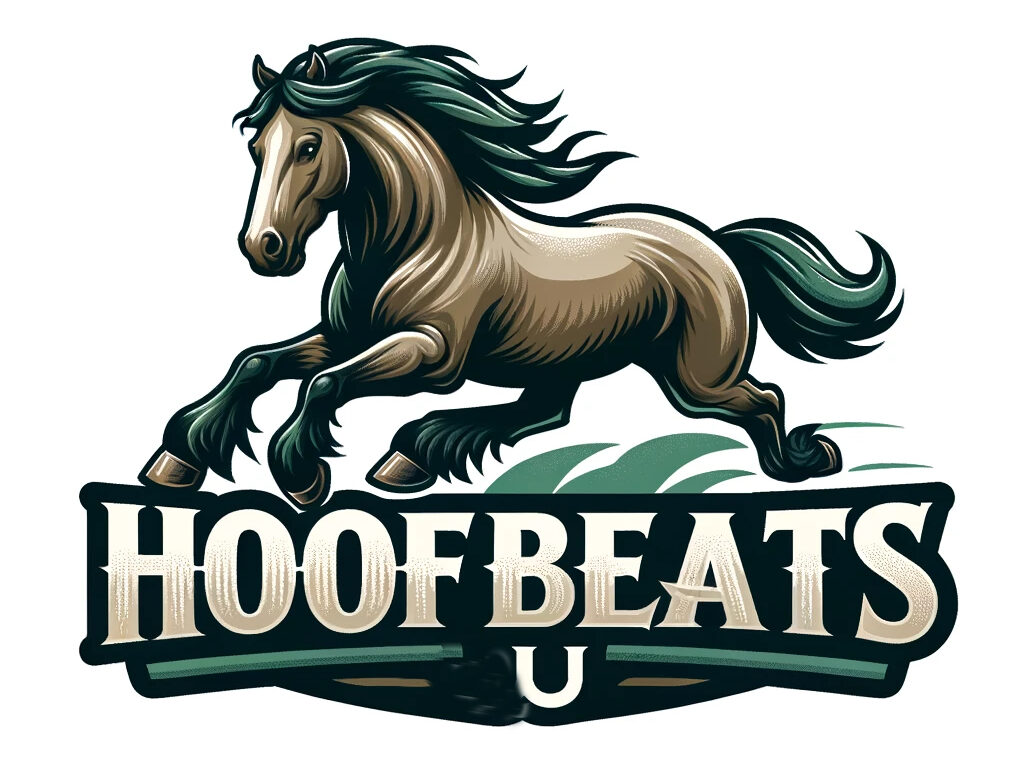
Understanding your horse’s body language is key to building a strong, trusting relationship. Horses are expressive creatures, using their bodies to communicate emotions, needs, and intentions. Recognizing these signals can help you understand your horse better and respond appropriately.
Horses primarily use body language because they are prey animals. Over centuries of evolution, they’ve developed nuanced ways of communicating silently to avoid attracting predators. This means that their body language is often subtle, requiring keen observation skills from us humans.
Some common signs you might notice include pinned ears, which usually indicate annoyance or aggression, or a swishing tail, suggesting irritation or excitement. Soft eyes and relaxed ears typically mean your horse is content and calm. Each gesture, no matter how small, is a clue to what your horse is feeling.
By paying attention to these signs, you can anticipate your horse’s needs and avoid potential problems. For example, understanding when your horse is feeling anxious can help you take steps to reassure them before their anxiety escalates. This proactive approach not only makes your horse more comfortable but also strengthens your bond.
Key Body Language Cues and Their Interpretations

Horses communicate a lot through their ears. Ears pricked forward show interest or curiosity, while flattened ears indicate anger or discomfort. If your horse’s ears are swiveling constantly, they’re likely alert and assessing their environment.
A horse’s tail can tell you a lot about their mood. A relaxed, gently swishing tail means they feel content, but a rapidly swishing or stiff tail might signal irritation or urgency. If the tail is clamped tightly, the horse may be scared or anxious.
Facial expressions are another important indicator. Soft, relaxed eyes mean the horse feels calm and safe. If their eyes are wide with visible whites, they’re likely startled or scared. Pay attention to the nostrils, too—tight, pinched nostrils can indicate stress or discomfort, while relaxed nostrils signal that the horse is at ease.
Body posture speaks volumes as well. A horse standing squarely on all four feet is usually relaxed and comfortable. A tense, rigid stance might mean the horse is anxious or ready to flee. If they shift their weight from one leg to another, they might be trying to alleviate discomfort.
Improving Human-Horse Communication Through Body Language

Reading your horse’s body language is just the start. Strengthening your bond with your horse comes from actively responding to what they’re telling you.
Start by spending quality time with your horse, observing them closely in a relaxed setting. Notice how they react to different stimuli and try to correlate their body language with their behavior. This helps you better anticipate their needs and reactions.
Engage in practical exercises, like leading your horse through simple maneuvers and watching their responses. This isn’t just great training but also a fantastic way to fine-tune your body language reading skills. And hey, it’s fun!
Avoid common mistakes like misinterpreting signals due to human bias. Remember, horses don’t think like we do. If your horse is twitching their tail, it might not mean they’re happy to see you—it could mean they’re annoyed with a fly!
Use body language to communicate back to your horse. Approach them with a calm and relaxed demeanor, making your own body language as clear and unambiguous as possible. If you stay calm and confident, your horse will pick up on those vibes.
Incorporate these techniques into your daily routine. Whether you’re riding, grooming, or just hanging out in the paddock, keep practicing. Over time, this will help build a deeper, more intuitive connection.

